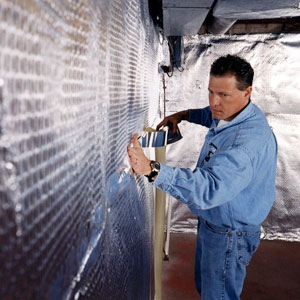
Resources
- Home
- Cheap Waterproof Walls
- How to Waterproof Basement Walls
- How to Waterproof Walls
- Waterproof Baesment Walls
- Waterproof Basement Walls
- Waterproof Bathroom Walls
- Waterproof Brick Walls
- Waterproof Concrete Walls
- Waterproof Exterior Walls
- Waterproof Foundation Walls
- Waterproof Garage Walls
- Waterproof Kitchen Walls
- Waterproof Wall Paint
- Waterproof Wall Panels
- Waterproof Walls Coating
- Waterproof Walls Companies
- Waterproof Walls Covering
- Waterproof Walls DIY
- Waterproof Walls FAQs
- Waterproof Walls Prices
Waterproof Brick Walls
Homes with basements made from bricks commonly have issues with moisture. When moisture accumulates in a basement, it can cause mold growth. Mold can cause respiratory issues, as well as damage the structure of a home. If you have brick walls in your basement, the best way to avoid moisture accumulation and all of the problems that stem from it is to waterproof the walls.
How Do You Waterproof Brick Walls?
Using a water repellent is the most common solution for waterproofing brick walls. Water repellent is a V.O.C compliant product that can be applied to any type of brick wall. Once it's applied, it actually penetrates into the brick and creates a screen against water. Because of the strength of the bonds that water repellent creates with brick, it will protect your basement against moisture for a very long time. While water repellent will provide the type of protection you need, it is a breathable mixture. You won't have to worry about any cracking or related problems after applying it.
Key Features of Water Repellent
As a result of its effectiveness, it's not uncommon for water repellent companies to offer warranties for five or more years. Because this type of product is non-glossy, you won't have to be concerned about it altering the appearance of your basement. In addition to protecting against moisture, water repellent will also protect against stains. This will keep your basement in the best condition possible. Once water repellent is applied, you will no longer have to be concerned about fungus or mildew growth. This repellent is fully resistant to both of those common problems.
How to Apply Water Repellent
Water repellent should only be used on brick walls. If you need to waterproof a different type of surface, you will be able to find a product specifically designed for it. Because it can cause issues with it properly adhering to walls, water repellent should never be applied in a room that is 40 degrees or colder. Before you start applying the repellent, make sure that dirt and all other residue is removed from the brick walls. The same goes for any stains on the brick that you don't want to be visible after the repellent is applied.
Once the wall is completely clean and dry, you can follow these steps to apply the repellent:
- Put the repellent in a low pressure sprayer that's between 10 and 25 psi
- Begin spraying the repellent at the bottom of the brick wall
- Keep spraying the same area until the repellent begins running down the wall
- Once you've adequately covered an area of the wall, continue moving up it
You will want to apply at least two coats to fully waterproof your brick walls. The best time to apply the second coat is directly after you've done the first. Most water repellent manufacturers recommend waiting no longer than five minutes to apply the second coat. After both coats of repellent are applied, the wall should be fully dry within three hours.
